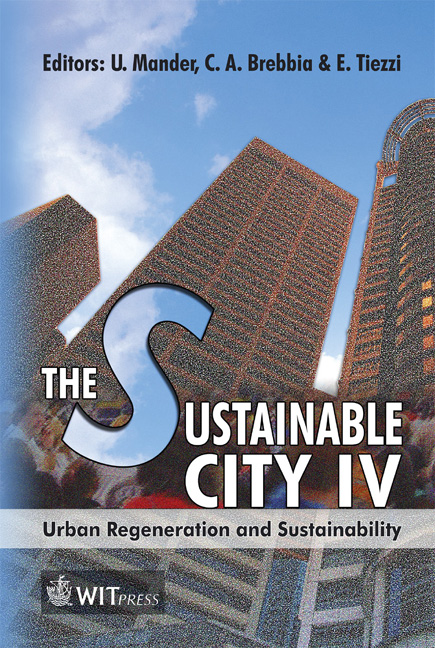Urban Architecture For The Advancement Of Small-scale Township Enterprises: Relevance Of The Scholarship
Price
Free (open access)
Transaction
Volume
93
Pages
10
Published
2006
Size
1,178 kb
Paper DOI
10.2495/SC060021
Copyright
WIT Press
Author(s)
G. P. Setshedi
Abstract
This paper reviews recent scholarship about strategies of urban architecture designed for the enhancement of small-scale home-based and non home-based township enterprises and establishes its relevance to the situation on the ground. Arguments in this paper are substantiated by architectural surveys conducted in government subsidised low-income houses in Ga-Rankuwa, a formerly black township or \“location” located on the periphery of Pretoria, South Africa. The surveys focused on the architecture (modifications) of small-scale enterprises and characteristics of the built environment emerging as a result of pressures towards sustainable establishment of local small-scale enterprises. The sampled scholarship is reviewed in terms of research context, methodology, findings, strengths, weaknesses and ultimately relevance. Keywords: urban design, architecture, housing, SMME, township enterprises, RDP. 1 Introduction Townships, like Ga-Rankuwa with over (fig. 3), in South Africa evolved from the \“locations”, or otherwise the slum yards, which were used as reserves for black labourers or non-whites (i.e. ‘redundant natives’ or rather \“Bantu of greater backwardness’ as stated by Wepener [1] in Native Housing) at that time regarded as not worthy of sharing urban privileges. Such derogatory establishments were initiated decades preceding apartheid through legislation (Native Urban Act of 1923, Land Act of 1913, Slums Acts) but glorified and concretized by the apartheid regime. They were built on the urban periphery and linked to the cities through railway and road systems. Their planning, architecture and infrastructure
Keywords
urban design, architecture, housing, SMME, township enterprises, RDP.





